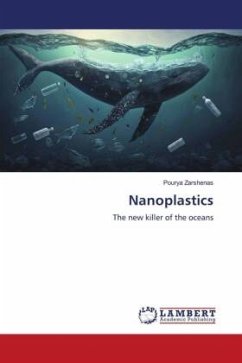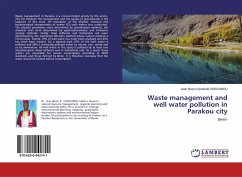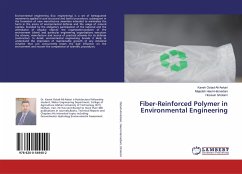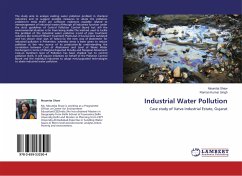Welcome to the timely publication of this book. Plastic is ubiquitous as packaging material or as part of many products of our daily life. However, due to the steadily increasing global plastic production, plastic particles can now be found everywhere in the environment. It is estimated that between four and twelve million tonnes of plastic enter the seas and oceans every year. Plastic particles, which are intentionally manufactured, are called primary plastic particles. They are added to daily life products like cosmetics or are used in research and diagnostics. Fragmentation of larger plastic items into smaller pieces yields so called secondary plastics and the degradation is caused by exposure to sun, wind or water. In order to assess the potential risk of plastic particles in various sizes, details on the amount of particles released into the environment, their origin, the underlying transformation and fragmentation processes as well as the environmental effects are needed.
Bitte wählen Sie Ihr Anliegen aus.
Rechnungen
Retourenschein anfordern
Bestellstatus
Storno








